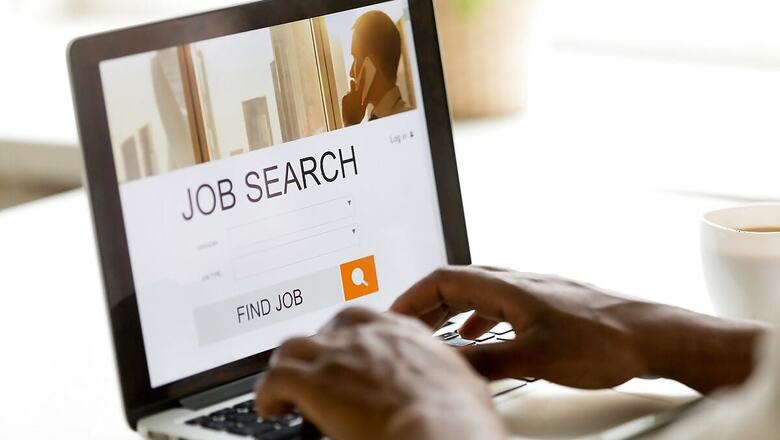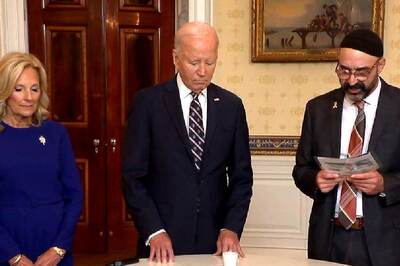
views
Joe Biden took office in January this year cheered on by supporters who hoped he would undo the policies of his predecessor Donald Trump that had caused heartburn and controversy at home and abroad. Of all the dramatic changes wrought by Trump, none had inspired more anxiety and worries for Indians than the restrictions against US work visas for foreign job-seekers.
Protecting American workers has to be high on the priority list of every occupant of the Oval Office, but the Biden administration has already started rolling back visa rules that had put up hurdles in the path of those eager to pursue the American dream.
What Is The New Change In H-1B Rules?
In brief, the US Department of Homeland Security (DHS) this week withdrew an order that was passed by the Trump administration last year aimed at narrowing the definition of “specialty occupation” under the H-1B visa regime.
The changes were announced as part of an interim final rule, or IFR, which meant they could kick in even before public comments were considered, said Fragomen, a law firm specialising in immigration. Issued in October 2020, the rules were designed to alter the definition of ‘third-party worksite, employer-employee relationship, etc. to put a further squeeze on the ability of firms to send H-1B visa holders at third-party worksites.
But the rules never really came into effect as they faced a legal challenge and, in December last year, a federal district court in California set them aside on the grounds that the agencies that had issued them “did not have good cause to bypass notice and comment rule-making in violation of the Administrative Procedures Act”, added Fragomen.
The latest development, hence, may not really change much on the ground even as it serves as an affirmation of Biden’s position that US actually benefits from the presence of skilled overseas labour as they keep American companies competitive and ensure their lead in innovation and research.
On May 18, the US Citizenship and Immigration Services (USCIS) said that the DHS has now issued a final rule that does away with the IFR of October 2020.
How Did Trump Presidency Impact The H-1B Visa Regime?
Republican Trump had won the presidential elections in 2016 on a promise of ‘Making America Great Again’ and top of his agenda was the goal of protecting American workers by making it more difficult for overseas job-seekers to vie for employment in the US.
According to US think tank Pew Research Center, the Trump presidency saw increased denial rates for H-1B applications and also a big dip in the issuance of permanent residency ‘green cards’. The Republican Trump had also sought to hike the wage threshold for seeking H-1B visas, but his Democratic successor has delayed its implementation.
Moreover, in June last year, amid the pandemic, Trump had put a temporary ban on issuing H-1B visas. But Biden did not renew the ban after it lapsed on March 31 this year, bringing relief to US tech companies and overseas workers.
Pew Research Center adds that Biden has also pitched to bring in a law to provide permanent work permits to spouses of H-1B visa holders while Trump had looked to restrict such permits. The Biden administration has also withdrawn a Trump executive order banning the handing out of new green cards amid the pandemic.
According to reports, the US issues 85,000 new H-1B work visas annually, of which as much as 70% ended up going to highly skilled workers from India.
Read all the Latest News, Breaking News and Coronavirus News here. Follow us on Facebook, Twitter and Telegram.


















Comments
0 comment